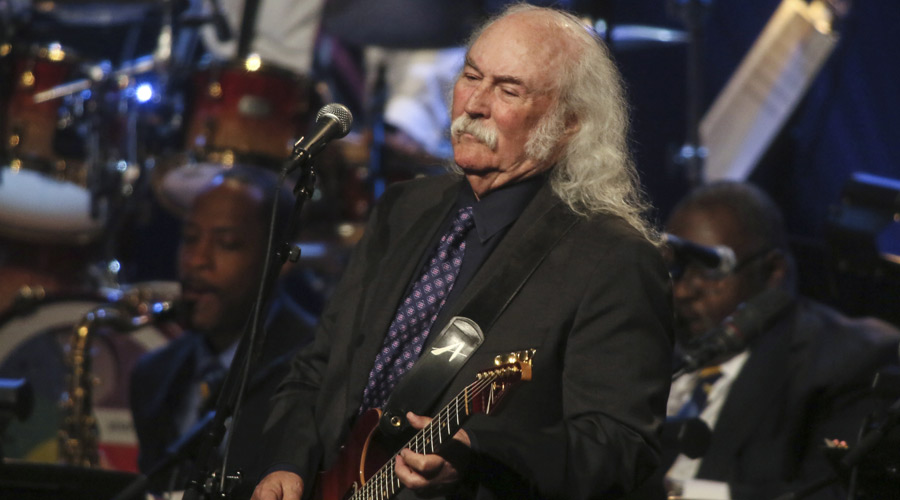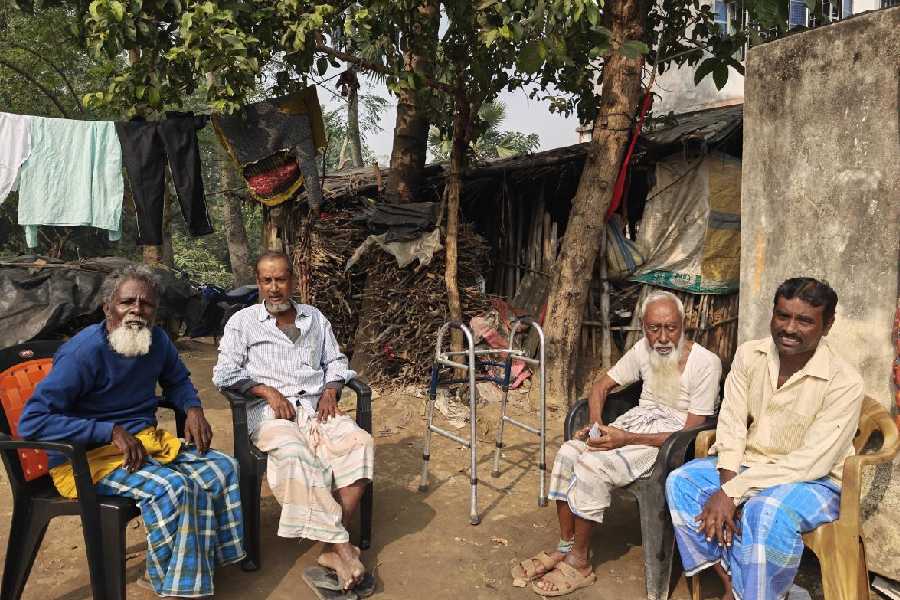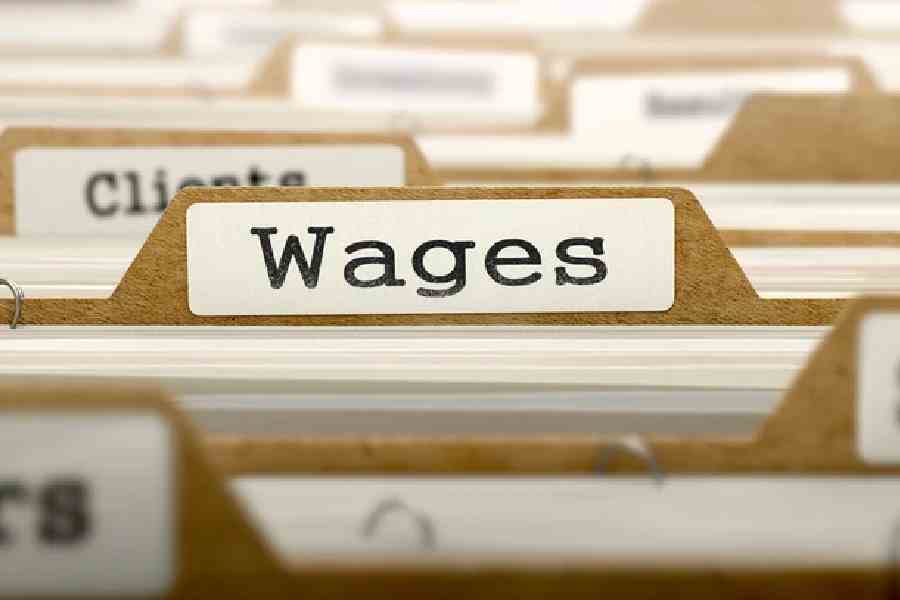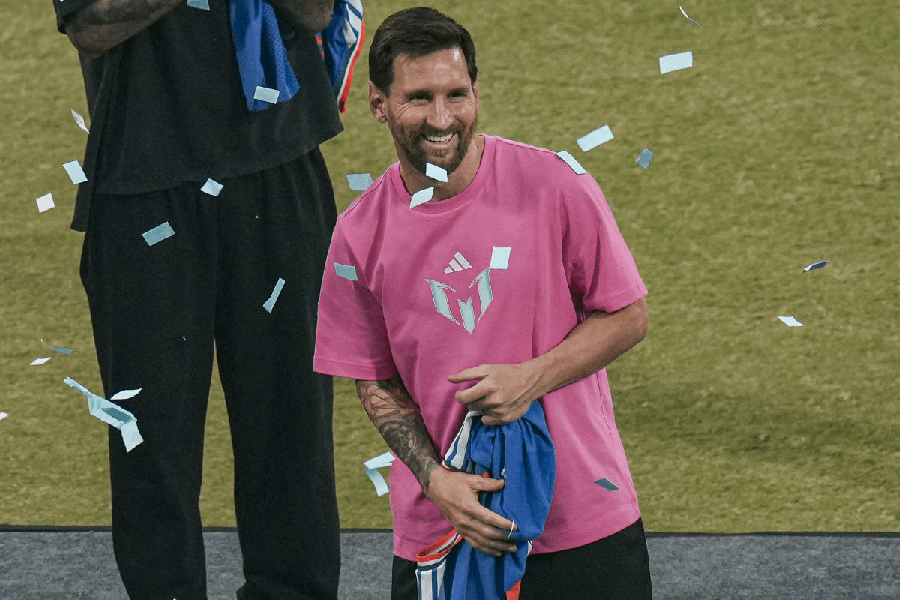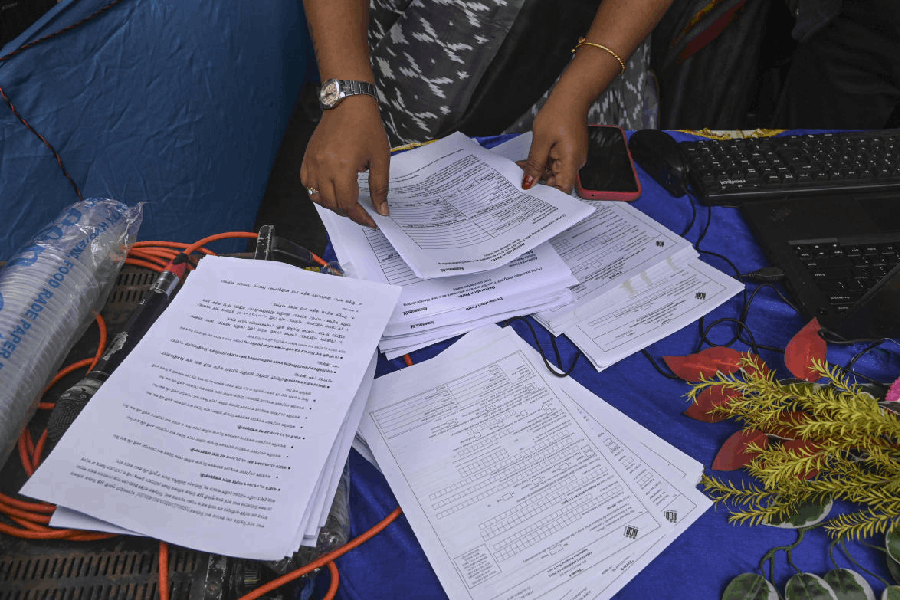The passing of David Crosby, the outspoken and often-troubled singer, songwriter and guitarist who helped create two of the most influential and beloved American bands of the classic-rock era of the 1960s and ’70s — the Byrds and Crosby, Stills, Nash & Young — comes as a body blow to those rooted to the times he spent making his music.
Crosby was inducted twice into the Rock & Roll Hall of Fame, as a founding member of the Byrds and as a founder of CSNY. He brought jazz influences to both groups, in the process broadening the possibilities of vocally driven folk-rock. And his reach extended to later generations: His alternate tunings became an inspiration for the innovative “freak folk” movement of the early 21st century while influencing scores of other musicians eager to give acoustic music a progressive spin.
If Crosby’s music expanded boundaries, his persona fixed him in a specific era — and proudly so. In 1968, he wrote “Triad,” an ode to free love, recorded in distinct versions by the Byrds, Jefferson Airplane and CSNY. His song “Almost Cut My Hair,” which he recorded with CSNY for their acclaimed 1970 album, “Déjà Vu,” was a virtual loyalty oath to the counterculture.
Crosby’s image as the twinkle-eyed stoner and sardonic hedonist of the cosmic age was said to have been a model for the obstinate free spirit played by Dennis Hopper in the 1969 movie “Easy Rider.”
His impish indulgences turned potentially lethal many times. He became nearly as well known for his drug offenses, weapons charges and prison stints as for his music. By the mid-1970s, he was addicted to both cocaine and heroin.
“You don’t sit down and say, ‘Gee, I think I’ll become a junkie,’” Crosby told People magazine in 1990. “When I started out doing drugs, it was marijuana and psychedelics, and it was fun. It was the ’60s, and we thought we were expanding our consciousnesses.”
But later, he continued, “drugs became more for blurring pain.” He added: “You don’t realize you’re getting as strung out as you are. And I had the money to get more and more addicted.”
Crosby’s drug abuse may have exacerbated his medical problems, including a long battle with hepatitis C, which necessitated a liver transplant in 1994. He also suffered from Type 2 diabetes and, in 2014, had to cancel a tour to endure a cardiac catheterization and angiogram.
Despite his health issues, his voice remained robust enough in those years for him to tour. And in his best moments while performing with Stephen Stills and Graham Nash, he could re-create some of the most famous harmonies of the rock era. His voice remained strong as well when touring with his solo band in later years.
David Van Cortland Crosby was born Aug. 14, 1941, in Los Angeles into families with deep roots in American history dating to Dutch rule in New York in the 17th century. His mother, born Aliph Van Cortland Whitehead, descended from the prominent Van Cortland family. His father, Floyd Crosby, an Academy Award-winning cinematographer whose credits included the classic Western “High Noon,” was a member of the Van Rensselaer clan.
David attended Crane Country Day School in Montecito, California, where he starred in the Gilbert and Sullivan operetta “H.M.S. Pinafore” and other musical productions, but he flunked out. He completed his high school studies by correspondence at the Cate School in nearby Carpinteria. He studied drama at Santa Barbara City College, but he dropped out before graduating to pursue a music career.
In 2000, he was revealed to be the biological father, via sperm donation, of the two children of singer Melissa Etheridge and her partner at the time, Julie Cypher.
Crosby had first become a father in 1962, with Celia Crawford Ferguson, but as young parents they put their son up for adoption. He had three other children: Erika, by his former girlfriend Jackie Gutherie; Donovan, by another partner, Debbie Donovan; and Django, with Jan Dance, his wife of 35 years. His brother killed himself in the late 1990s.
In 1997, Crosby reunited with the son he had put up for adoption, James Raymond, who had grown up to become an accomplished pianist. With the session guitarist Jeff Pevar, they formed a jazz-rock band, which they cheekily called CPR.
The New York Times News Service

